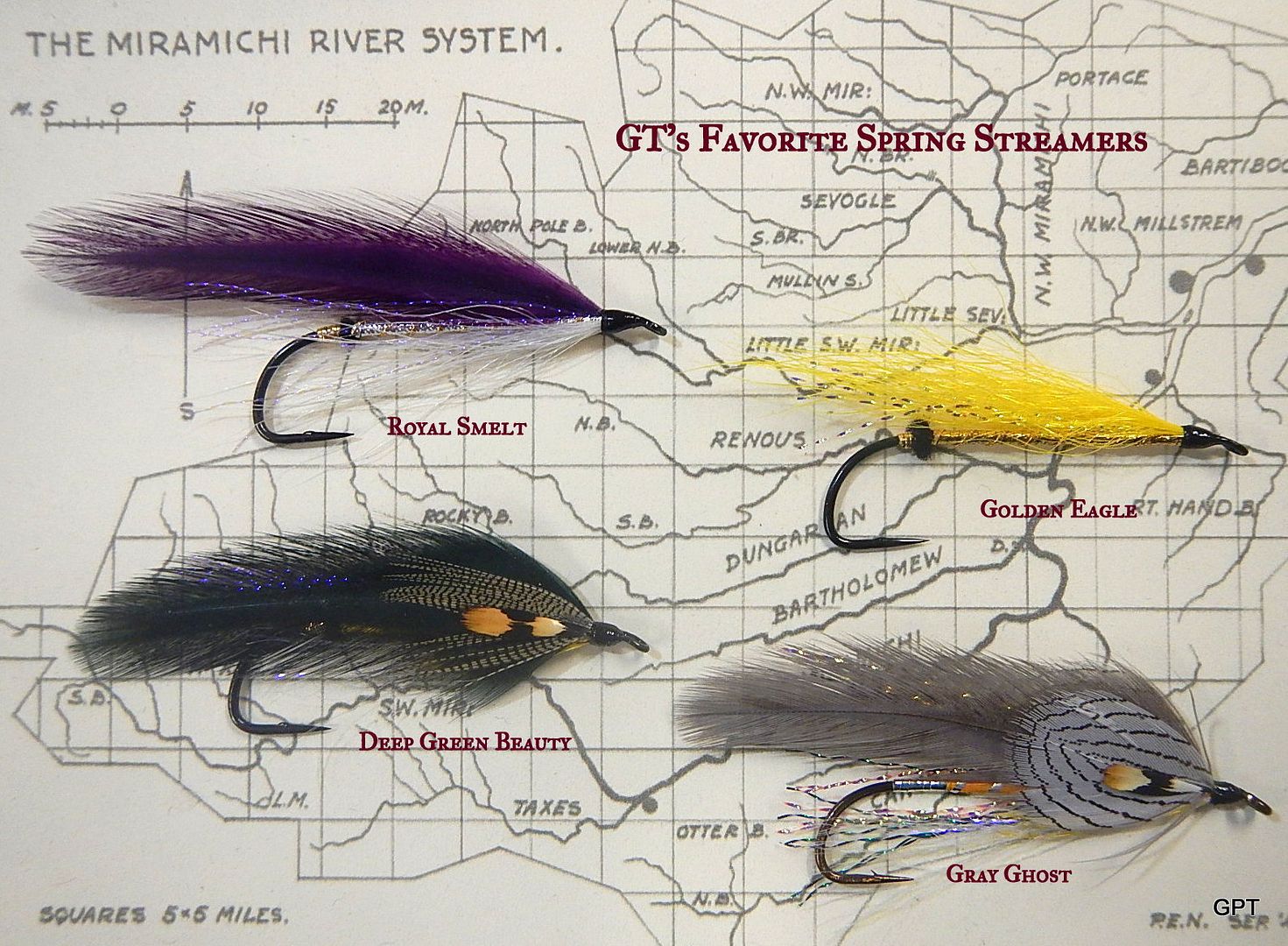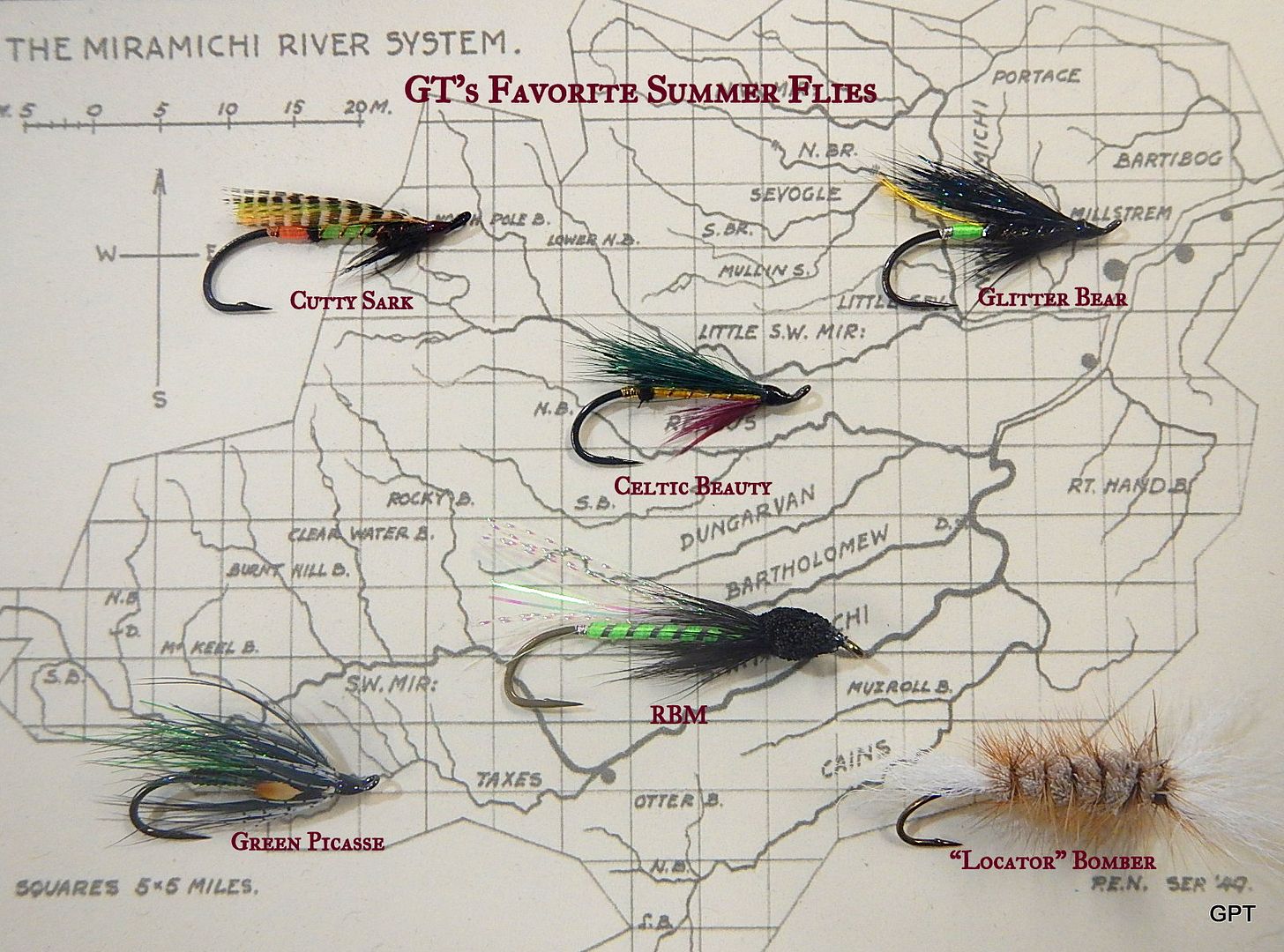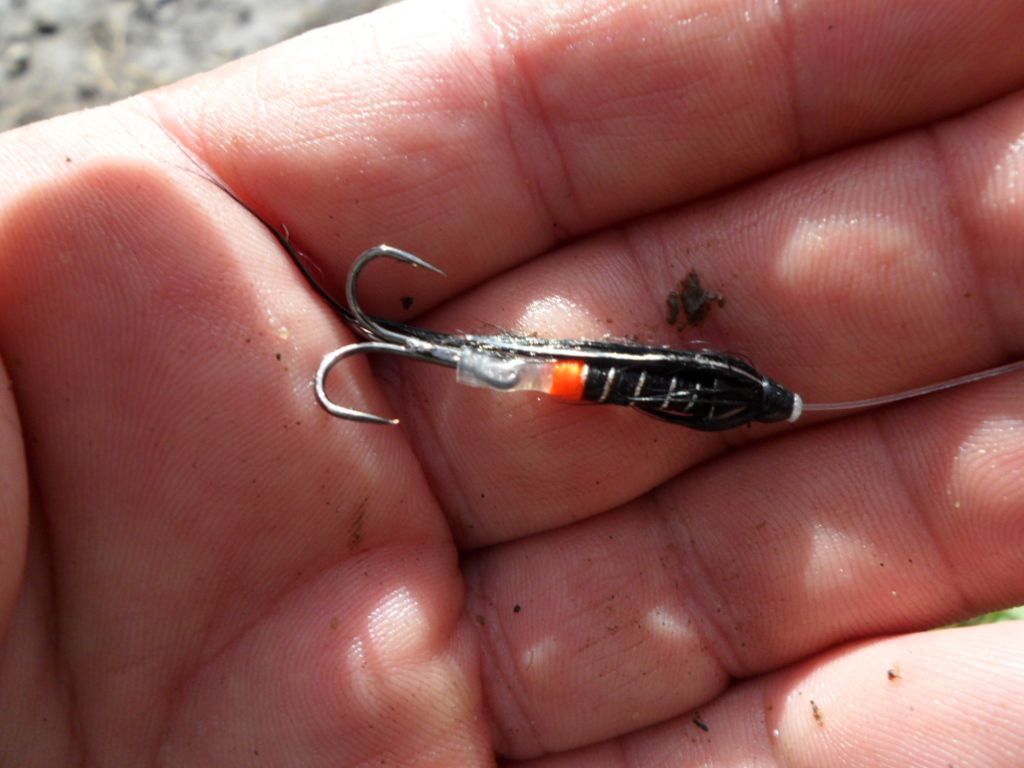Fly colours throughout the season
I recently finished reading Richard Waddingtons 'Waddington on Salmon Fishing' and was surprised to read his thoughts on the Salmon's eyesight. Now this may be an out of date idea, but he suggests the Salmon has fairly poor eyesight and probably incapable of distinguishing colours.
This got me thinking about fly colour and whether it matters. I tend not to worry too much about colour and personally tend to select a colour based on the conditions. So a bright fly in coloured water and a more sombre coloured fly in low/clear water. Although I do have an inkling for yellow early season, and reds/purples at the end of the season.
I recently saw a 'colour chart' like this one: Tubeology Colour chart which tends to agree with yellow early on and red later in the season.
Does anybody know who came up with these 'ideal colours' for certain times of the year? Is it just experience over time or is there a logical explanation for it? I have always thought that red is used late season as it resembles spawning colours and so it will more likely be taken out of aggression.
The other thing that I often neglect to consider is that when I look at the fly swimming in the water I'm looking at the fly against a dark background (the river bed). Whereas the Salmon is looking up against a light background (the sky), even in coloured water. So surely a black fly would offer the greatest contrast? But perhaps the greatest contrast isn't going to get the most takes?
Anyhow, I would be interested to hear your thoughts on this!
Cheers,
Devonshire
I recently finished reading Richard Waddingtons 'Waddington on Salmon Fishing' and was surprised to read his thoughts on the Salmon's eyesight. Now this may be an out of date idea, but he suggests the Salmon has fairly poor eyesight and probably incapable of distinguishing colours.
This got me thinking about fly colour and whether it matters. I tend not to worry too much about colour and personally tend to select a colour based on the conditions. So a bright fly in coloured water and a more sombre coloured fly in low/clear water. Although I do have an inkling for yellow early season, and reds/purples at the end of the season.
I recently saw a 'colour chart' like this one: Tubeology Colour chart which tends to agree with yellow early on and red later in the season.
Does anybody know who came up with these 'ideal colours' for certain times of the year? Is it just experience over time or is there a logical explanation for it? I have always thought that red is used late season as it resembles spawning colours and so it will more likely be taken out of aggression.
The other thing that I often neglect to consider is that when I look at the fly swimming in the water I'm looking at the fly against a dark background (the river bed). Whereas the Salmon is looking up against a light background (the sky), even in coloured water. So surely a black fly would offer the greatest contrast? But perhaps the greatest contrast isn't going to get the most takes?
Anyhow, I would be interested to hear your thoughts on this!
Cheers,
Devonshire









